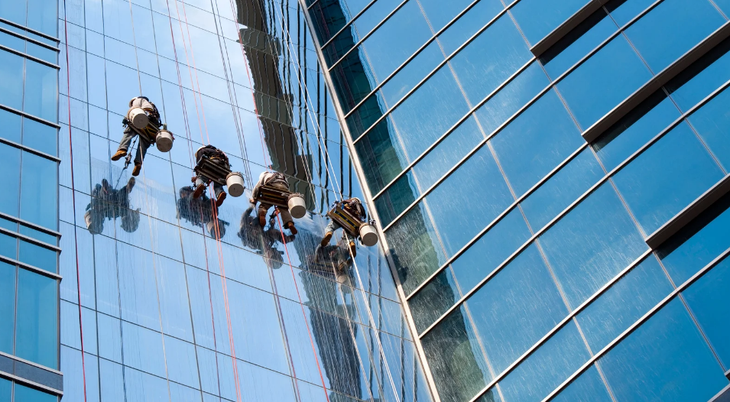
The application prospects of the self-cleaning glass invention developed by Chinese scientists are huge, especially in the field of modern construction, where skyscrapers are increasingly popular and require effective maintenance solutions - Photo: AI
According to an announcement from Zhejiang University, their research team has successfully developed a transparent glass, only 0.62mm thick, that can remove up to 98% of dirt on the surface in just a few seconds thanks to an alternating electric field.
Unlike conventional methods that require water, towels, or chemicals, this glass uses an electric field to levitate dust particles, including organic and inorganic dust, from its surface. This is an ideal solution for harsh environments such as deserts, where solar panels are often covered in dust, reducing their efficiency.
From house windows to spacecraft windows: Everywhere needs to be clean
Dirt on glass surfaces is a common problem, from homes and high-rise buildings to greenhouses, cars and even Mars probes. Cleaning glass is expensive, laborious and sometimes ineffective, especially in places where regular cleaning is not possible.
Older technologies such as electrodynamic screens used by NASA on Mars show potential, but are limited in handling fine dust or when the surface is uneven.
The Chinese research team overcame this limitation by carefully studying how dust particles react to electric fields, thereby designing an optimal physical model for cleaning.
What's special is that the new glass not only cleans but also prevents new dust from sticking. When the electric field is turned on, it creates an "electric shield" that can deflect electrically charged dust particles in the air, reducing the amount of dust that can stick to the glass by up to 90%.
Thanks to this, the glass still retains the necessary transparency, making it very suitable for applications that require light to pass through, such as solar cells, car windshields, glass roofs, or glass doors of skyscrapers.
Glasses only reduce visible light to a very small extent, most of the light blocked is in the infrared region, which does not affect human vision or natural lighting.
Not only is it efficient, the new glass is also designed to be easily mass-produced. The manufacturing process involves etching tiny electrodes onto the glass surface, then coating it with a thin protective film, which is fully compatible with current industrial glass manufacturing technologies, without the need for expensive equipment or complex techniques.
Widespread application prospects
The invention of self-cleaning glass by Chinese scientists could open up many practical applications in modern life. This type of glass can remove dirt, stains and grease by itself using only sunlight without using water or detergent. This helps to significantly reduce maintenance and cleaning costs, especially in hard-to-reach places such as the exterior of high-rise buildings or rooftop solar panels.
In the construction field, self-cleaning glass promises to be applied in large projects such as apartments, shopping malls, airports or train stations, where the glass surface is often exposed to dirt but cleaning is very expensive and dangerous.
In addition, this technology can also be extended to the transportation industry, such as manufacturing windshields for cars, high-speed trains or airplanes, helping to keep the surface transparent and safe while moving.
Another important prospect is the application in solar panels. Thanks to the self-cleaning ability, the light absorption efficiency of the panels can be maintained more stably, helping to increase the efficiency of electricity production, which is especially important in the context of the transition to green energy being promoted globally.
Not only does it help save energy, water and labor, but it also has profound environmental implications, as it reduces the need for cleaning chemicals and waste. If mass-produced at a reasonable cost, it could be a major step forward in environmentally friendly materials technology and sustainable development.
Source: https://tuoitre.vn/phat-minh-kinh-tu-lam-sach-khong-can-nuoc-hay-hoa-chat-20250805205000887.htm


![[Photo] Prime Minister Pham Minh Chinh attends the annual Vietnam Business Forum](https://vphoto.vietnam.vn/thumb/1200x675/vietnam/resource/IMAGE/2025/11/10/1762780307172_dsc-1710-jpg.webp)
















































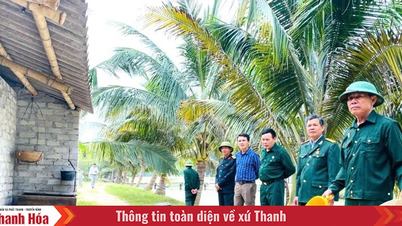








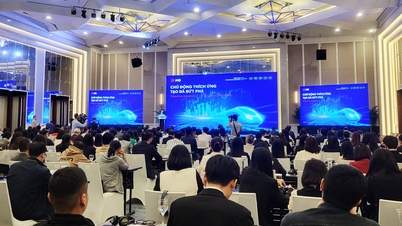




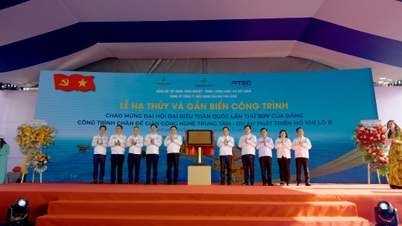

















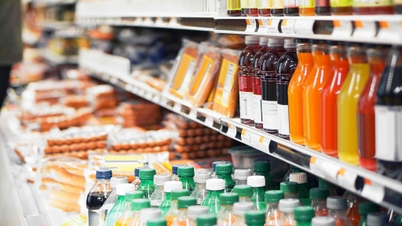














![Dong Nai OCOP transition: [Article 3] Linking tourism with OCOP product consumption](https://vphoto.vietnam.vn/thumb/402x226/vietnam/resource/IMAGE/2025/11/10/1762739199309_1324-2740-7_n-162543_981.jpeg)











Comment (0)